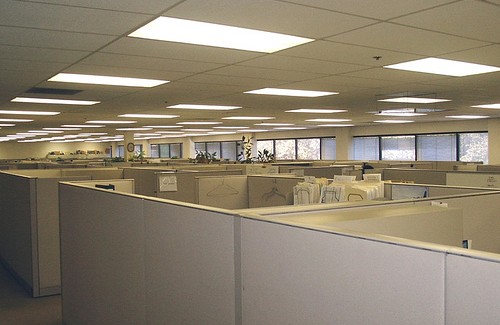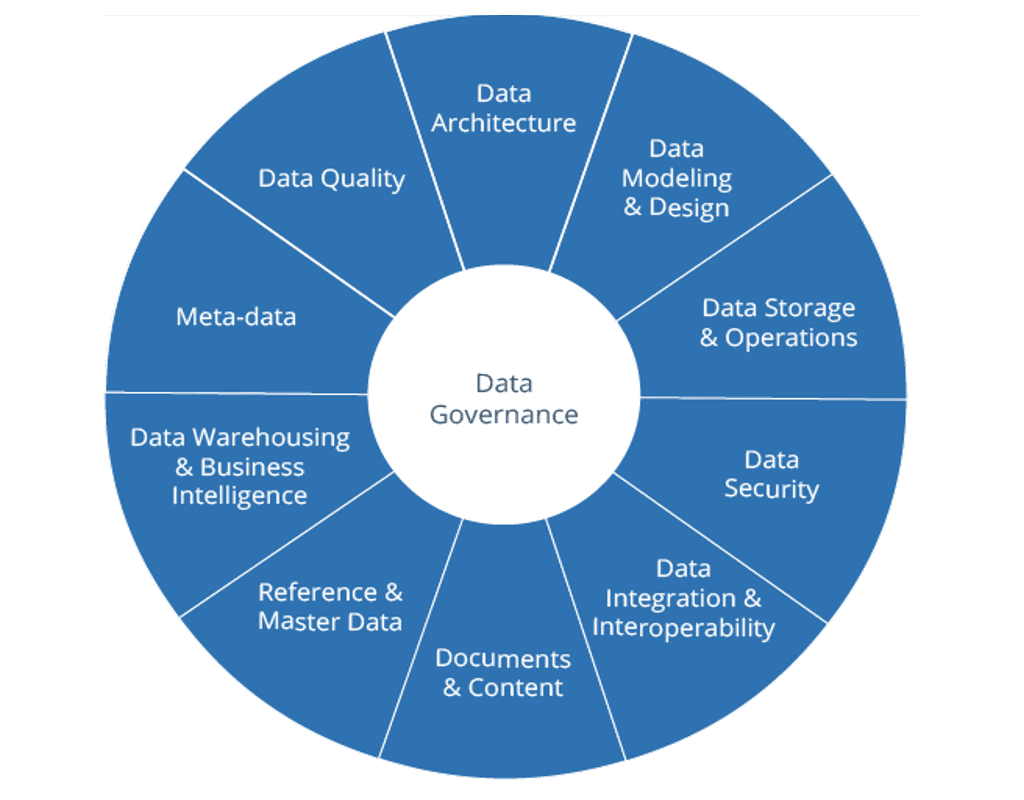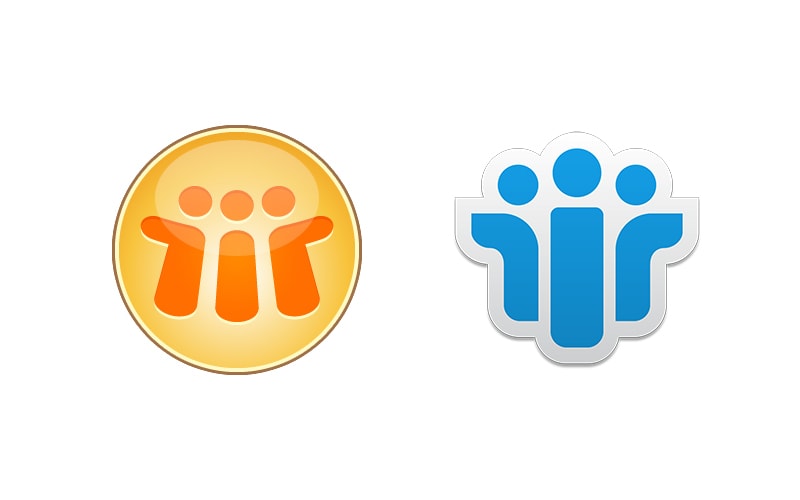by Ted Navarro
The days of the enterprise desktop may be numbered. Traditional desktop deployments, with hundreds or thousands of mid-spec PCs running a usually outdated version of Microsoft Windows, are being displaced by DaaS (Desktop-as-a-Service) solutions that lower the burden of IT management.
We’re all familiar with the benefits of SaaS and IaaS platforms, but the Desktop-as-a-Service paradigm is likely to have just as much of an influence on shaping the way that companies think about IT deployments.
Hosted desktops are exactly what they sound like: Instead of running standard PCs with their own installed apps, companies provide their staff with low-powered thin-client like laptops or tablets. These are used to access cloud desktops, offering an integrated set of cloud apps that can include productivity software, email, communication and collaboration applications, scheduling, and everything else that the average worker needs.
No More Labor-Intensive Software Rollouts
Managing multiple desktop PCs is expensive and time consuming. While enterprises strive to ensure that their hardware portfolio is as consistent as possible, it’s still extremely complex to manage installations and upgrades across a company: That’s why so many large organizations have stuck with legacy operating systems like Windows XP.
Because cloud desktops are managed from a central location, there’s no real need to ever do “installations” and updates can be continuously integrated with the platform, ensuring that workers always have access to the newest features.
Reduced Support Costs
Support generates a significant chunk of the cost of managing large desktop deployments. The vast majority of workers are not technical experts and many have trouble properly managing their own workstations without support. Cloud desktop platforms are both simpler than full-blown desktop systems and more easily managed by IT staff.
Security
Both malware and phishing attacks are a serious problem for enterprise IT departments. Because cloud desktops are always up-to-date and IT staff has a higher level of insight into the system, the attack surface is radically reduced when compared to large-scale physical deployments.
True Mobility
The idea of the cubicle worker tied to a specific desk in a particular office is becoming outmoded. As companies seek to leverage the benefits of remote working and mobile working, workers become used to the idea of BYOD, artificially constraining employees by insisting that they use “their computer” is counter-productive. Cloud-based workspaces are device agnostic and can be accessed from low-powered desktops, laptops, tablets, and phones anywhere in the world, fostering more efficient work patterns and greater collaboration.
Open source Cloud desktop solutions, like ownCloud and eyeOS, are mature platforms in use by some of the largest enterprises, including IBM, NEC, and Unisys, as well as small and medium businesses that want to save costs and increase the efficiency of IT management. In the future we can expect to see many more companies make the move to cloud-based workspace platforms.
Author:
Ted Navarro is the technical writer and inbound marketer for ComputeNext, an innovative cloud marketplace company. Check out the ComputeNext blog for the latest in cloud computing and IaaS technology. Follow them on Twitter, Like them on Facebook, and engage in the discussion at their blog.






